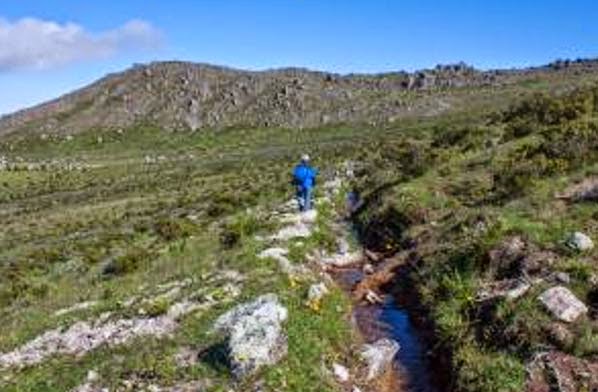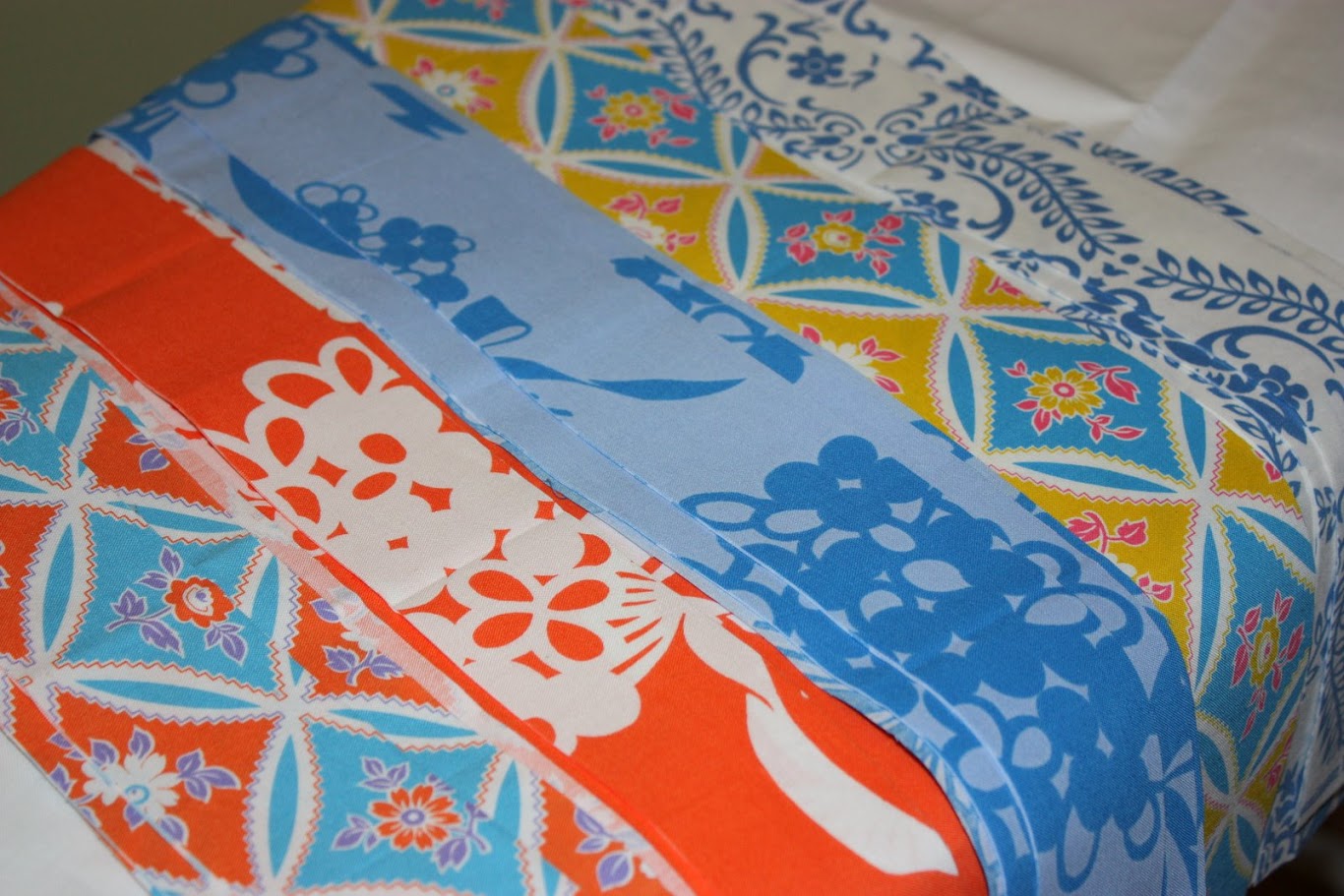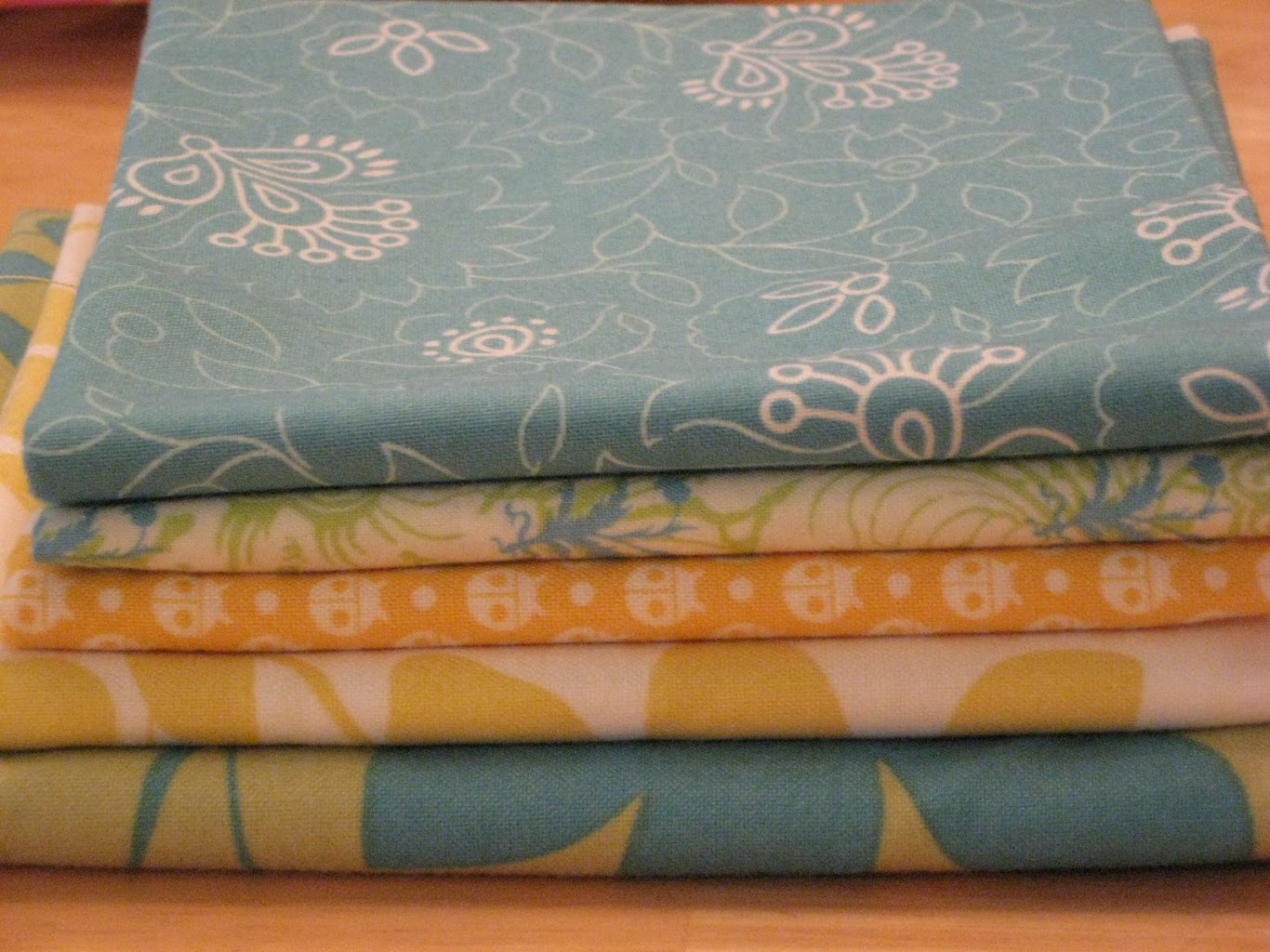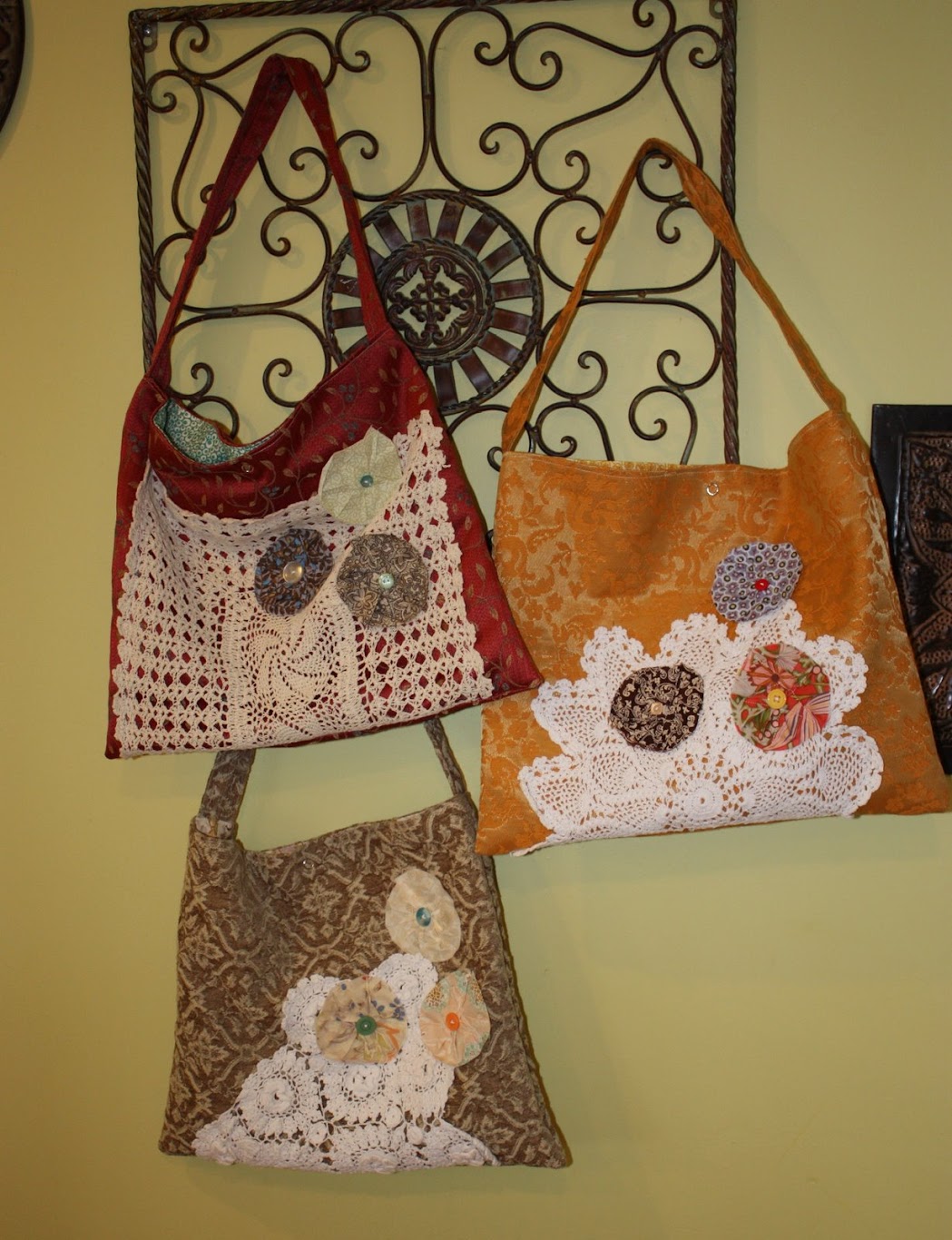Sew La Ti Embroidery [Search results for idea]
What do You do?
Robots, Gears and Bugs
More Stuff: Telegraph: Greece has no legal claim to the Elgin Marbles

Interior on service at knowledge
Fabric Madness
The Bulldogs (based on an underground comic-book)

I WON! and other stuff...
Signed, Sealed, Delivered
Thrifty Fashion!!! Sew and Tell
Tom Andersen talks about horror, 3D & pissing Hollywood off

Britain's Got Talent 2011: Teenage rappers The Right Path left in tears after heartfelt tribute to their grandfathers

The Hairdresser Salon

Natural Heritage: Pre-Inca canals may solve Lima's water crisis

Your house trusts Advanced Direct Security
Quilting for Australia
Current Project
Slow but Sure
My first {finished} quilt top
Quilting for Homeschool
New Bags!













